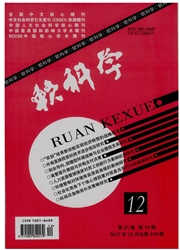

 中文摘要:
中文摘要:
在描述闭环供应链系统回收再使用过程的基础上,利用产品回收再使用过程的马尔科夫性,构建系统收益模型。将整个闭环系统的检测、收集、分类、再销售、再制造和丢弃在内的所有环节联系起来,建立回收产品从转移态到吸收态的最终转移概率矩阵,为回收收益的计算提供转移概率。最后,通过惠普打印机回收收益分析的案例,验证了收益模型的可行性和有效性。并通过敏感性分析了吸收态转移至销售商的概率与系统收益呈正相关关系,以及吸收态转移至丢弃的概率与系统收益呈负相关关系。
 英文摘要:
英文摘要:
After describing the system of closed -loop supply chain, this paper establishes the benefit model by means of Markov chain approach. And then it combines Gatekeeping, collection, sortation, resale, remanufacturing and discarding of the system into one, and develops the ultimate transition matrix for calculation of returned benefits, which describes the transition probability from transient state to absorbed state and offers transition probability to the calculation of benefit. At last, it analyzes one HP printer case to illustrate feasibility and effectiveness of research results. According the results of sensitivity analysis, the transition probability from transient states to distribution is in direct proportion to system benefit and the transition probability from transient states to discarding is in inverse proportion to system benefit.
 同期刊论文项目
同期刊论文项目
 同项目期刊论文
同项目期刊论文
 期刊信息
期刊信息
